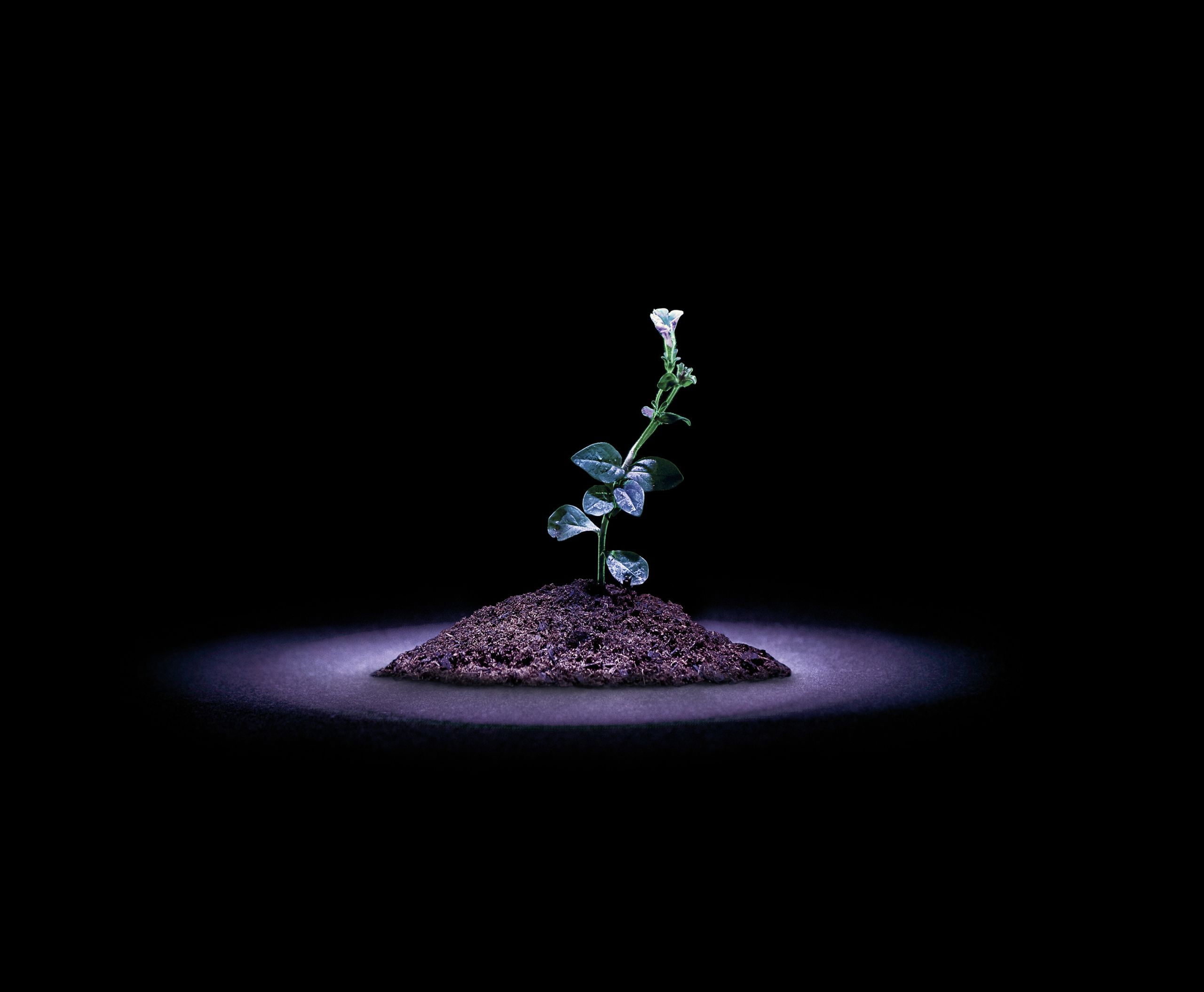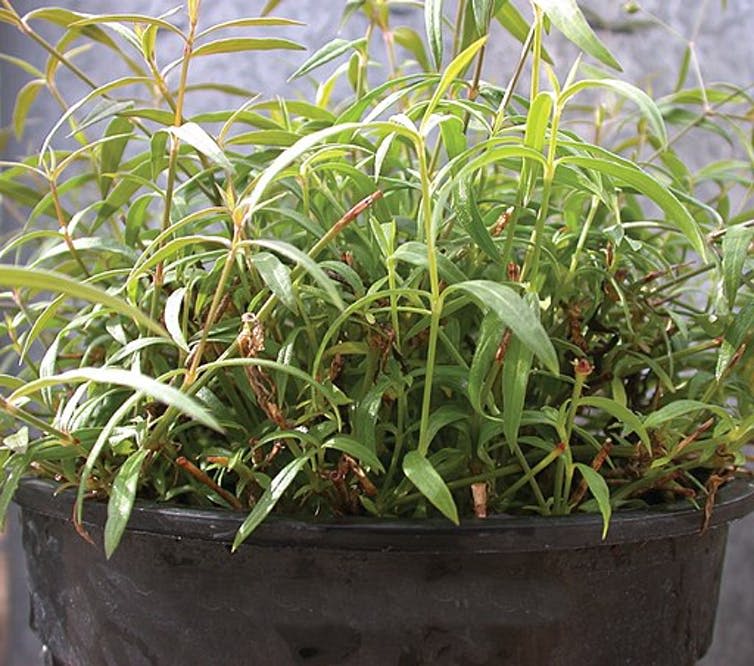Help us discover the unknown in plants

The hidden protein that could change the future of medicine
Behind the amazing notion of growing medicines in plants lies a molecule that makes this whole idea possible: cyclotides. Professor David Craik is arguably the world leader in cyclotide research, which was inspired by the pioneering steps of Dr Lorents Gran, a physician working with the Norwegian Red Cross in Africa during the 1960s.

Oldenlandia affinis.
Oldenlandia affinis.
Dr Gran investigated the properties of a medicinal tea made with the plant Oldenlandia affinis to understand why the plant remained an effective treatment for women during childbirth, even after boiling. He knew that medicinal properties in plants are due to their proteins, but that proteins break down when exposed to high temperatures such as in boiling water. So what type of protein was hiding within Oldenlandia affinis? In his 1970 report, Dr Gran characterised the peptide as kalata B1, named after the indigenous medicine kalata-kalata. He compared it to oxytocin, a peptide – mini-protein - known to Western obstetric medicine that, among other functions, brings on contractions. But the reason kalata B1 was able to survive the boiling process wasn’t reported until 1995 by Professor David Craik and his collaborators, who found that kalata B1 has a distinctive three-dimensional circular formation. The group had already identified its structure in 1990 but as it was such a departure from known protein structures, the scientists hesitated to report it. They went on to discover that kalata B1 was part of a group of peptides that they named ‘cyclotides’ = cyclic peptides. These cyclotides were found to consist of 28 to 37 amino acids with a cyclised peptide backbone, connected by a knot of three disulphide bonds. This sparked a wave of cyclotide discovery as a new field of research was established.
Kalata B1’s ability to withstand biological, physical and chemical damage was verified in 2004. The ways in which this peptide could help both human and environmental health continued to be revealed over the years, with a 2005 study confirming cyclotides’ function as a pesticide, while the concept of using them as a platform for drug design was presented in 2006. A new approach to synthesising cyclotides inside plant and bacteria cells was introduced by 2007, establishing a generation of cyclotide libraries. 300 cyclotides have been sequenced since they were first identified, and researchers estimate there are approximately 50,000 members of the cyclotide family present in flowering plants. The finding that cyclotides exist not only in plants but also in animals, fungi and bacteria greatly expanded the drug development pathways available to researchers.

Butterfly pea plant.
Butterfly pea plant.
We’re capitalising on the natural mechanism butterfly pea plants use to synthesise cyclotides and have artificially transformed a single open stranded conotoxin peptide from a cone snail into a cyclotide. The process converted the usually inactive pain-relieving properties of the linear peptide to active mode as a cyclotide. The loose ends of linear peptides are easily digestible, meaning they haven’t been explored as oral medicines because they will break down in the digestive system. But cyclotides’ reinforced closed stable circular structures can help a drug grafted into it to survive the digestive tract and reach the therapeutic target faster. One way in which this exciting cyclotide technology is being applied to medicine is fostering the production of a new antibiotic that interacts directly with bacteria and not human cells, while other peptides are being re-engineered to attack highly infectious Gram-negative bacteria. We plan to transform plants like sunflower, potato, soybean and Arabidopsis into medical bio-factories, to make therapeutic treatments for pain, infection and disease cheaper to produce, transport and access. So a chance discovery in Africa decades ago, built upon by our research, could see cyclotides helping to improve the health of communities worldwide.



